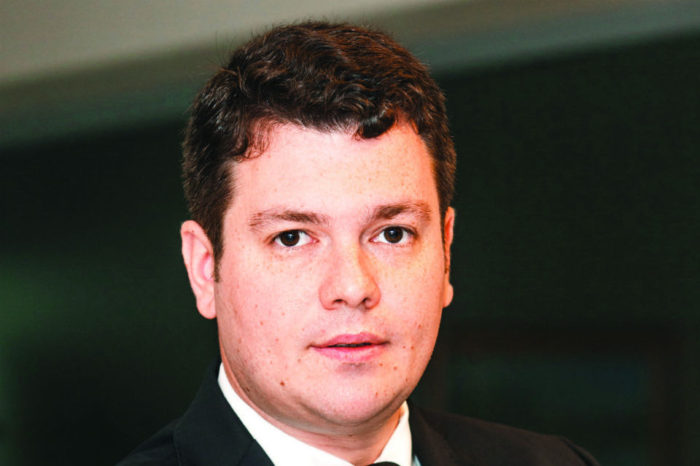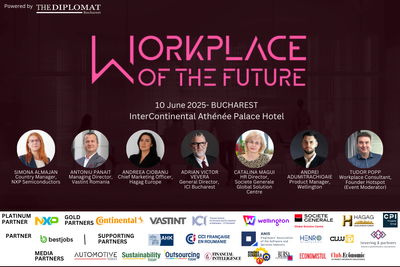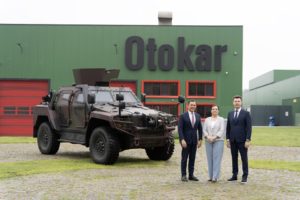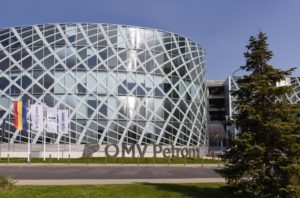Operational leasing on course for steady growth

The operational leasing market is growing year by year and more companies choose to take advantage of operating lease benefits. As Romania’s operational leasing industry is on a rise in an accelerated competitive environment, digitalization and the increasing interest of SMEs in the segment are reshaping its structure. Players are compelled to constantly diversify and improve both their range of services and the mobility solutions they deliver to customers. “Car-as-a-service” and digitalization are some of the world-wide trends companies are focusing on for the coming period.
LeasePlan: We feel the whole market is slightly maturing year by year
For some it is hard to say how the start of this year was different from previous years, but Bogdan Apahidean, managing director at LeasePlan Romania, feels that the whole market is slightly maturing year by year.
“We see a growing interest in low emission vehicles. But developing the field of alternative propulsion (plug-in hybrid and electric) depends on two important factors: subsidies and infrastructure development,” says Apahidean. “We are in the last year of the RABLA-Plus program and, without the state-settled amounts, the transition to alternative powertrains will come to a standstill. The national charging station network is still in its early stages, but a number of companies have announced the intention to further expand it.”
LeasePlan has a “car-as-a-service” business for new cars: “If a customer wants a car, we take care of everything: we buy the car, finance the car, insure the car, take care of any maintenance and repairs; we also put tires under the car in the winter and the summer, we give road assistance and replacement vehicle if somebody needs that, and we also provide fleet management and consultancy services to our customers.”
LeasePlan also provides car subscriptions and offers a complete end-to-end service for a typical contract duration of three to four years.
“Our strategy is to lead the megatrend from ownership to usership taking place in both the new and high-quality used car markets, ultimately delivering any car, anytime, anywhere,” Apahidean explains. He says Romania is still a young market but it has a huge potential for new mobility solutions: “We can see some initiatives within the car sharing sector, for both private and business users, as well as an increasing demand for low emission vehicles. However, multimodal mobility (one subscription, several means of mobility, from car to train and rented scooters) and autonomous vehicles are still far away on the priority list.”
LeasePlan Romania closed 2018 at almost 46 million Euro turnover and currently has 73 employees.
Sixt Group aims to develop its leasing activity by 15 percent
The Operational leasing market can be looked at with some analogy to the Romanian economical context, according to Tal Lahav, CEO Sixt Group Romania. He says Romania is developing rapidly, starting with Bucharest outwards to a countrywide-based economy.
“Many cities and regions outside of the capital have experienced tremendous growth and development in recent years with further trending expected in this direction,” Lahav explains. The main drivers of the automotive industry are overall economic situation, client preferences – enhanced by strong development of middle class over the past few years, combined with regulatory changes – pollution- and emission-related which may influence various taxation and cost of ownership and import of cars.”
One of the main challenges for the progress of the local automotive market is the step-by-step development of understanding the advantages of operational leasing and car rental services compared to car ownership. The local operational leasing and rental markets are at low levels compared to other developed countries.
In recent years this means an estimated less than one-eighth from the total number of new registered cars in one year, comparing with a rate of one-half to one-third from new registers in other developed countries, and this being a country with small number of new registered cars due to a thriving used vehicle market. Lahav says that the main reason for this is that there is still a learning curve in the market related to the benefits of operational leasing and renting.
“The operational leasing and rental services are a great product for mature markets and in the Eastern – European countries they are increasing year by year,” he comments. “On international levels, operational leasing and rental are common services and very well integrated in the daily life of individuals and companies. However, in spite of the automotive segment of the economy being highly affected by the overall economy situation, the market potential is huge.”
Tal Lahav says 2018 was a good year for Sixt Group, with a growth of over 15 percent and a fleet at almost 5,000 cars under full management. The group aims to develop its leasing activity by another 15 percent and increase its rent-a-car activity by over 20 percent, reaching a lease and rent total fleet under management of 5,500-6,000 cars.
“Gradually, electrification and digitalization are taking a bigger role in our day-to-day life and in our mobility solutions and needs and we intend to continue investing in this,” says Lahav. “The full adaptability of Romania for such changes needs significant regulatory involvement, investment in infrastructure, regulatory guidance, and legislation that will push the country in this direction.”
Romania still has negative net import of highly old and polluting cars, resulting in one of the oldest car parks in Europe, at the same time of one of the lowest in Europe in terms of cars per capita. There is a large need for investment in infrastructure. However, the potential exists and progress will be supplemented step-by-step into the future of automotive, digitalization, electric, autonomous, car share, and mobility solutions.
Last year, Sixt Group increased its sale of second hand cars by 20 percent and its sale of new cars by 100 percent.
ALD: E-mobility services are the most interesting topic of the moment
The market will continue to be influenced by the SME segment, which has been one of the main stimulators in the past period, says Frederic Banco, CEO ALD Automotive Romania.
He explains: “The tailor-made products for this type of business have proven to be a success, as we are seeing a growing number of SMEs in our client portfolio. The decision-makers are more confident that a full-leasing operational contract is better-suited for a healthy growing business, as it offers them financial predictability and time-saving benefits.”
ALD Automotive is working on expanding the client portfolio, especially from the SME segment: “That is why, at the beginning of this year, we launched a new ‘White Label’ partnership with Volvo, dedicated to the SME sector. The clients interested in this solution can choose any Volvo model, with the possibility of zero percent advance, and all the services included that will provide full mobility.”
Banco argues that e-mobility services are the most interesting topic of the moment. In his opinion, e-mobility is an ecosystem that depends on several players, ranging from local authorities to car makers: “The latter are already well represented in Romania, where the last few years have shown that more and more electric vehicles are available here soon after worldwide release. Fleet managers have an entire array of models from which they can choose the best suited options for their businesses, whether hybrid or full-electric. Another key component is the infrastructure, represented by charging points. Romania has, at this moment, just around 150 charging stations, according to the European Alternative Fuels Observatory. Although the numbers might seem high, our neighbours, Hungary and Poland, each have more than 600 stations. Nonetheless, the future looks ‘green’, because several large Romanian companies have announced their intention of installing thousands of charging points in the next years; therefore long trips in electrical vehicles will become a viable alternative.”
According to Banco, modern companies see mobility as a complex problem that includes solutions both for the business and for the employees.
“Cities are getting more crowded day by day and traffic gridlocks are now usual. That is why the search for alternatives in moving from place A to place B has never been more bitter. Romania, in particular, has a larger problem, because the public transportation system is not very well developed, and this does not help in convincing employees to leave their cars at home,” Banco concludes.
Arval: Caution is the most important lesson of the last ten years
The overall operational leasing and fleet management market is on a sustainable growing trend for the last few years, as confirmed by Dan Boiangiu, CEO Arval. Based on the activity in the first quarter, he states there are no major elements for potential adverse effect towards a growth trend.
Boiangiu adds that corporate fleets have been learning in the last ten years one of the most important lessons: caution. “There are awaited and possible unexpected changes that may happen with the future pollution taxation system or potential diesel related regulations. Also, last year’s WLTP impact on delivery terms is to be completed by the LCVs entering these WLTP regulations, which can easily impact the market if not handled properly. On top of that, there are a lot of potential disruptions that may occur sooner or later, especially related to the smart fleet approach and new mobility trends.”
He goes on to say that the essence of the “smart cities, smart mobility” mindset easily applies to the operational leasing market: “The better product – as in the one that best covers the client’s needs -will be the one to win the game. This is why the entire evolution of our sector is directly linked to how many stimulators we can position in order to ease our client’s day-to-day activities. From telematics and security solutions up to complete reporting tools and one-glance-summaries over their entire fleet; this is the main driver of the market as presented today.”
Arval’s main goal is to look for a more digitalised future: “In order to do so we are continuing our efforts of revamping most of our fleet management tools and in better promotion of green fleet initiatives.”
(From the print edition)

















